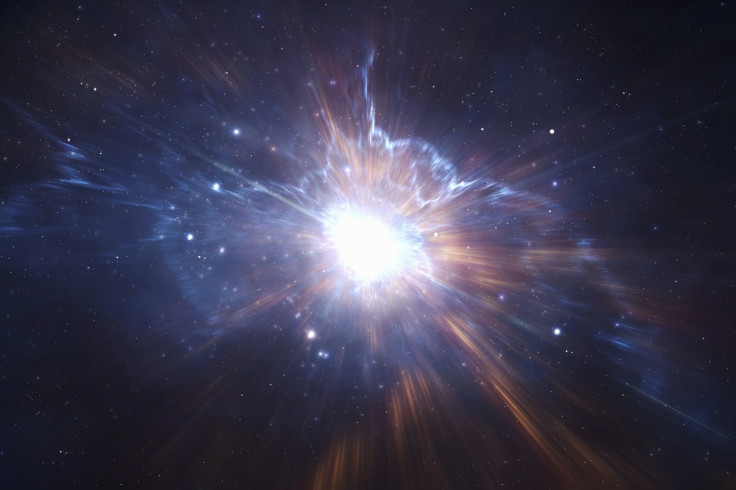Big Bang from a Big Bounce: Our universe formed after another collapsed in on itself
Physicists show how Big Bounce theory of the universe could be possible - thanks to quantum mechanics.
There is evidence to indicate the Big Bang may have resulted from another, earlier universe collapsing in on itself, rather than from expanding from a point on infinitely hot and dense material. Instead, the universe appears to be going through constant phases of expansion (as it is at present) and contraction in a never-ending cycle.
This theory of universe formation, known as the Big Bounce, was first proposed almost a century ago. However, until now scientists have not been able to explain how the universe could transition between a contracting state and an expanding one without leading to an infinite point, where the laws of physics break down and the universe is completely destroyed.
In a study published in the journal Physical Review Letters, researchers say quantum mechanics could allow for a collapsing universe to transition back to an expanding one – making the Big Bounce theory a possibility.
In the universe we see today, particles smaller than atoms behave in different ways to larger matter, meaning it is asymmetrical. Subatomic particles are governed by quantum mechanics, providing a different set of rules for their behaviour.
In the very early universe, however, this was not the case. Observations indicate that early on, the universe looked the same at all scales. And Steffen Gielen, from Imperial College London, and Neil Turok, from Canada's Perimeter Institute for Theoretical Physics, believe this is key to the Big Bounce.

The 'conformal symmetry' of the early universe indicates the same physical laws that governed the structure as a whole also worked on the extremely small scale. As a result, the early universe may have been governed entirely by quantum mechanics, the effects of which could prevent a collapsing universe from being completely destroyed at the end of a period of contraction.
In a mathematical model testing their theory, Gielen and Turok found quantum mechanics allowed the universe to bounce from a contracting universe to an expanding one, rather than emanating from an infinite point of broken physics.
Turok added: "The big surprise in our work is that we could describe the earliest moments of the hot Big Bang quantum mechanically, under very reasonable and minimal assumptions about the matter present in the universe. Under these assumptions, the Big Bang was a 'bounce', in which contraction reversed to expansion."
Gielen added: "Quantum mechanics saves us when things break down. It saves electrons from falling in and destroying atoms, so maybe it could also save the early universe from such violent beginnings and endings as the Big Bang and Big Crunch. Our model's ability to give a possible solution to the problem of the Big Bang opens the way to new explanations for the formation of the universe."
© Copyright IBTimes 2025. All rights reserved.






















